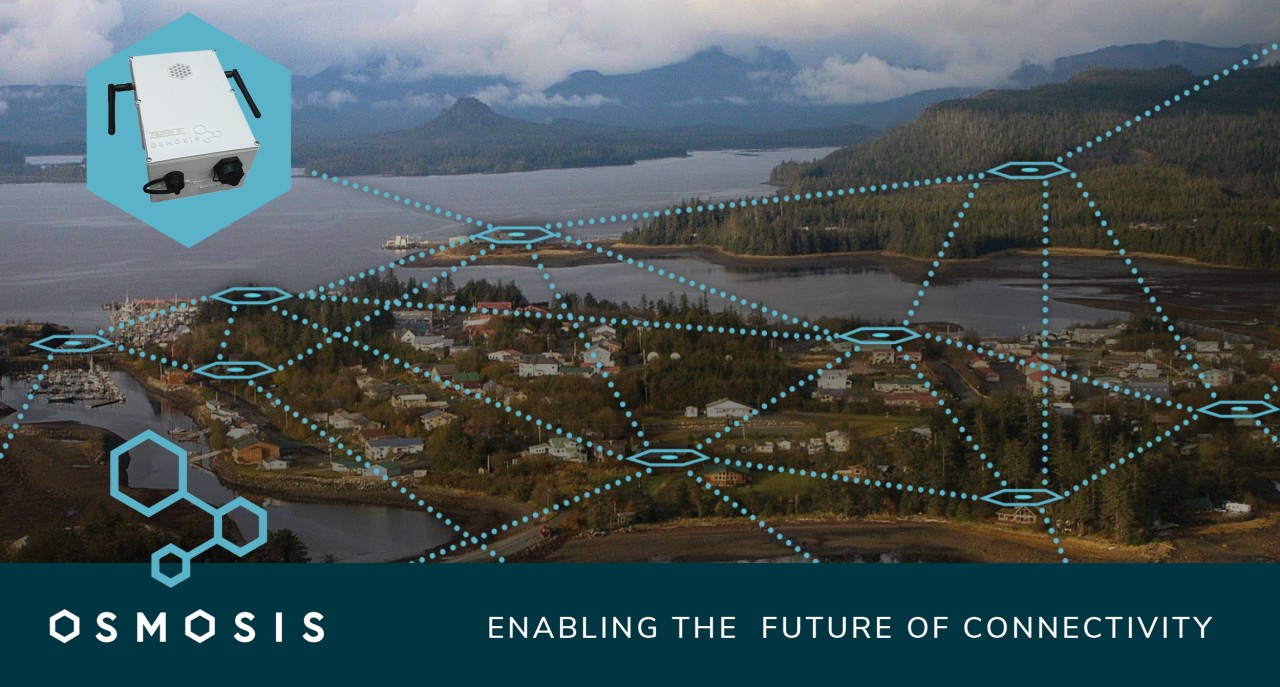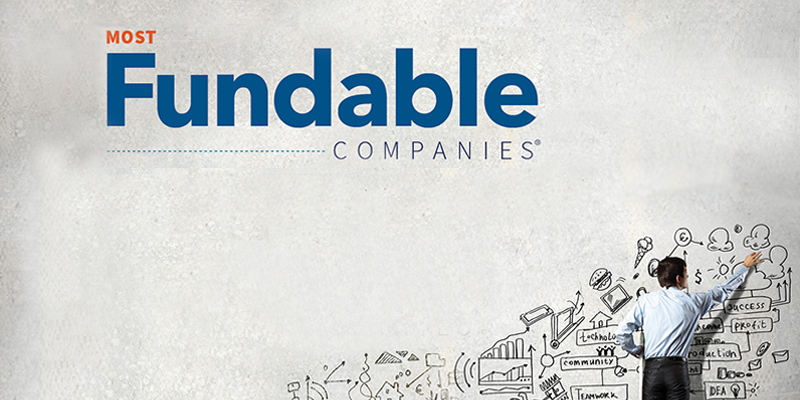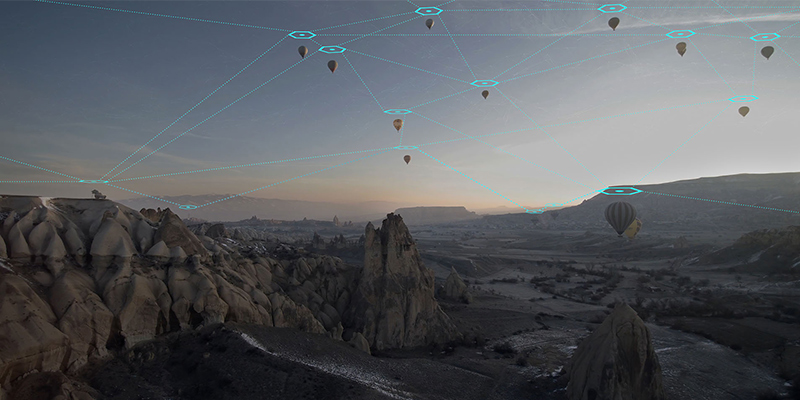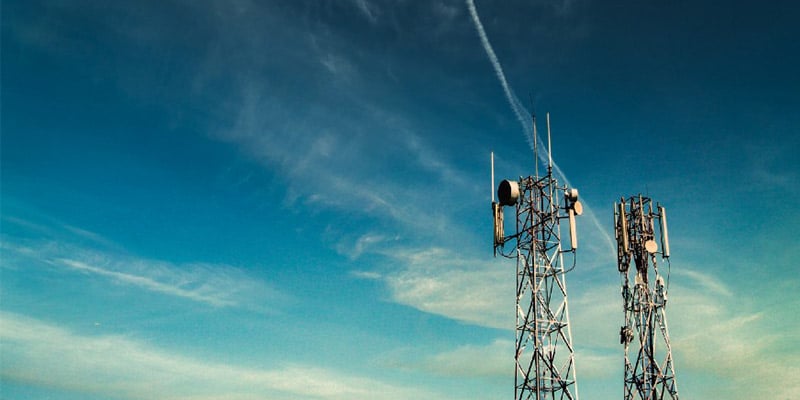Written by: Matt Perdew, Co-Founder and CEO, Wind Talker.
Rural tribal communities in the U.S. are home, in many ways, to a demographic that has been literally and symbolically left behind. While professional sports teams are changing their mascots to be less offensive to Native American populations, there are numerous other, more pressing problems facing the communities where many Native Americans live. And while they may constitute a statistical minority, I’m not talking about a small number of people — the federal government recognizes at least 567 tribes, and at least a million members of those tribes live on reservations.
Among the problems plaguing rural tribal communities are poverty, joblessness, lack of education, inadequate healthcare, and high suicide rates. Books could be written about each, but the one problem I want to talk more about in this article revolves around this fact: According to the American Library Association (ALA), seven out of 10 people living on rural tribal lands do not have access to fixed, high-capacity broadband. Just in case that doesn’t jump off the page, it means … they don’t have internet. At least, not the same internet helping to create this article. Not the same internet most people reading it are used to.
This particular problem — this digital divide — is not just one more on the list. In fact, along with other factors, it’s complicit in every single one of the other problems listed above, and quite a few that aren’t listed.
For a moment, just imagine trying to find a job or to research education opportunities in 2021 without internet access. Imagine not being able to Google your symptoms to decide if you need a second doctor’s opinion, or being able to FaceTime a friend for some moral support on a tough day. In some sense, we’re talking about so-called “first world problems.” In another sense, equally real and more important, we’re talking about the lives, livelihood, and wellbeing of thousands upon thousands of communities, families, and individuals.
Is access to Instagram more important than solving the problem of continued federal land theft? To ask that question is to miss the point, which is this: If we want to have a discussion about the challenges facing rural tribal communities, then we need to have a discussion about the fact that they are currently still fenced out of the digital landscape that many other Americans are now able to treat as a basic right.
With Wind Talker Innovations, this is not one of the problems in the world we set out to address. When it first came to my attention that it was something we could have an effect on, though, I definitely felt a surge of excitement. But since this isn’t meant to be a puff piece, and since more context is needed to even explain how we could help, I’m diving just a little deeper into the issue.
In 2018, the Federal Communications Commission (FCC) launched a set of initiatives designed to tackle the digital divide. In the end, they repurposed some incredibly valuable segments of the radio spectrum — the 2.5 GHz band — and isolated it for use in tribal areas. Then, the FCC assisted native tribes in acquiring the licensure for using the spectrum.
Sounds great, right? It does, and it was. But one great, big, huge, massive problem remains — the vast majority of Wi-Fi-enabled consumer devices can’t use the 2.5 GHz band. To access it, specialized equipment would be needed to tap into the spectrum and convert it to usable broadband. Hypothetically, it could be accomplished with new infrastructure. That is, incredibly expensive new infrastructure that would require massive private investment.
To recap, rural tribal communities lack reasonable access to good internet. The federal government tried to help in recent years but stopped short of actually delivering usable broadband. Probably, it seemed, the only solution would come in the form of some brand new technology.
Without giving away any of our secret Wind Talker sauce, I’m extremely proud and pleased to be writing about the fact that a brand new technology is exactly what we’ve created. We hope and believe that it’s going to change connectivity in many areas, not just rural ones, but those are as good a place as any to start — maybe even a better one.
While America — and all of us — could afford to do a whole lot better by tribal communities in general, providing equitable connectivity would be a huge first step. As for us, we’re not all leaping for the skies just yet; we need to solve for adoption, and that’s going to involve more challenges. But if we can help bridge that digital divide and connect under-resourced communities with more of the world, we’ll all be in a better place.



